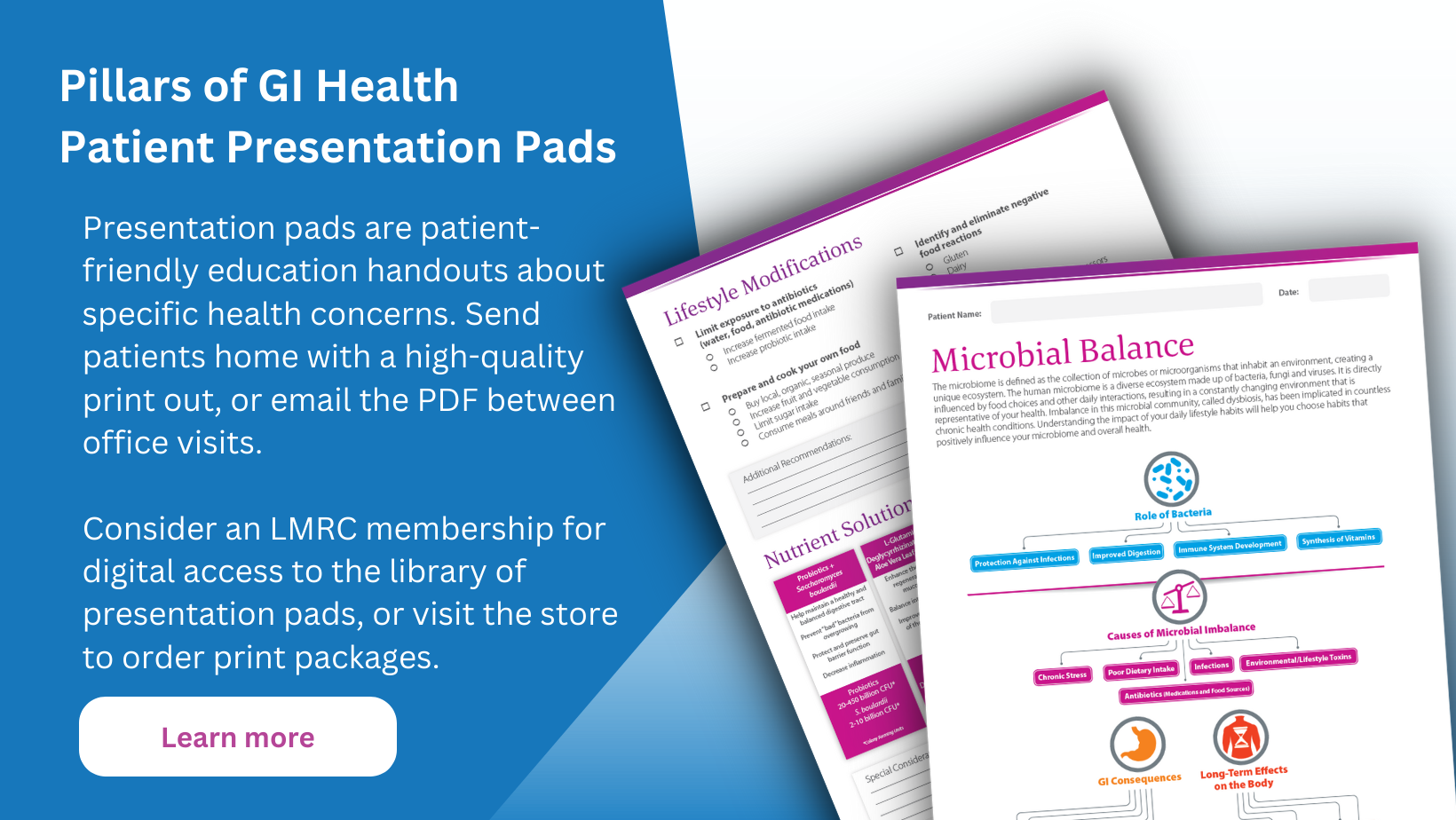Probiotics, used for centuries in the form of fermented foods and supplements, have experienced a surge in both popularity and scientific research in recent years. Today, probiotics are recommended for a wide variety of health concerns, ranging from digestive difficulties to immune support and skin conditions, reflecting their growing recognition in the medical community.
A Groundbreaking Discovery
When discussing probiotics, most people immediately think of beneficial bacteria, and while that's true, there is more to the story. In the 1920s, French microbiologist Henri Boulard discovered the first beneficial yeast, Saccharomyces boulardii. Henri was in Indochina during a cholera outbreak when he made the groundbreaking observation that those who didn't develop cholera were all drinking a specific tea. Upon investigating, he learned that this tea was brewed from the outer skin of lychee and mangosteen. Inspired to investigate further, Henri isolated a tropical yeast from these fruit peels and named it Saccharomyces boulardii, ensuring his last name was honored with the discovery.1
Beneficial Bacteria vs. Beneficial Yeast
Beneficial bacteria and beneficial yeast differ in cellular structure, genetic makeup, metabolic pathways, and mechanisms of action. Bacterial probiotics, such as strains of Lactobacillus and Bifidobacterium, play a vital role in shaping gut microbiota and strengthening intestinal barrier function.2 In contrast, yeast probiotics, such as Saccharomyces boulardii, compete with harmful microorganisms for gut colonization, promoting intestinal well-being. Another benefit of Saccharomyces boulardii is its remarkable ability to withstand antibiotic treatment, ensuring its survival even in the presence of antibacterial medications.1
Saccharomyces boulardii has been well-researched to support a variety of health challenges, including:
- Helping prevent antibiotic-associated diarrhea1,3,4
- Assisting in preventing travelers’ diarrhea1,5
- Supporting Helicobacter pylori treatment-related symptoms6,7
- Aiding in reducing C. difficile disease recurrences1,8
- Supporting the management of irritable bowel syndrome symptoms.1,9
- Promoting the restoration of short-chain fatty acid levels.1,10
There are several different Saccharomyces boulardii products available on the market. Some health care providers prefer administering Saccharomyces boulardii on its own, while other providers appreciate the convenience of having Saccharomyces boulardii combined with bacterial probiotics in the same supplement. Regardless, product confidence, durability and accuracy should always be considered when choosing a probiotic supplement.
- Confidence: Provide patients with a professional brand that adheres to high ethics and quality standards.
- Durability: Probiotic supplements can be sensitive to temperature and moisture. Look for products that are designed to be shelf-stable so they can maintain their potency without refrigeration.
- Accuracy: Provide probiotic supplements that specify the clinically appropriate strains of bacteria and yeast they contain and the colony-forming units (CFUs) per dose.
The Bottom Line
Thanks to the pioneering work of Henri Boulard in the 1920s, Saccharomyces boulardii remains a key component of many gut health protocols to this day. Offered both as a standalone and in combination supplements, Saccharomyces boulardii effectively enhances gut well-being by competing with harmful microorganisms for gut colonization, while also being a valuable choice for patients undergoing antibiotic treatment.

Ryan VanBommel, DC is a board-certified chiropractor in the state of Illinois. He obtained his doctorate in chiropractic from National University of Health Sciences in Lombard, Illinois. Passionate about functional medicine, he consistently strives to identify and tackle the root causes of health issues. Currently, Dr. VanBommel is pursuing his IFMCP certification from The Institute for Functional Medicine.
References
1. McFarland LV. Systematic review and meta-analysis of Saccharomyces boulardii in adult patients. World J Gastroenterol. 2010 May 14;16(18):2202-22. doi: 10.3748/wjg.v16.i18.2202. PMID: 20458757; PMCID: PMC2868213.
2. Butel MJ. Probiotics, gut microbiota and health. Med Mal Infect. 2014 Jan;44(1):1-8. doi: 10.1016/j.medmal.2013.10.002. Epub 2013 Nov 28. PMID: 24290962.
3. Surawicz CM, Elmer GW, Speelman P, McFarland LV, Chinn J, van Belle G. Prevention of antibiotic-associated diarrhea by Saccharomyces boulardii: a prospective study. Gastroenterology. 1989 Apr;96(4):981-8. doi: 10.1016/0016-5085(89)91613-2. PMID: 2494098.
4. Duman DG, Bor S, Ozütemiz O, Sahin T, Oğuz D, Iştan F, Vural T, Sandkci M, Işksal F, Simşek I, Soytürk M, Arslan S, Sivri B, Soykan I, Temizkan A, Beşşk F, Kaymakoğlu S, Kalayc C. Efficacy and safety of Saccharomyces boulardii in prevention of antibiotic-associated diarrhoea due to Helicobacterpylori eradication. Eur J Gastroenterol Hepatol. 2005 Dec;17(12):1357-61. doi: 10.1097/00042737-200512000-00015. PMID: 16292090.
5. Kollaritsch H, Holst H, Grobara P, Wiedermann G. Prophylaxe der Reisediarrhöe mit Saccharomyces boulardii. Ergebnisse einer plazebokontrollierten Doppelblindstudie [Prevention of traveler's diarrhea with Saccharomyces boulardii. Results of a placebo controlled double-blind study]. Fortschr Med. 1993 Mar 30;111(9):152-6. German. PMID: 8486328.
6. Zhou BG, Chen LX, Li B, Wan LY, Ai YW. Saccharomyces boulardii as an adjuvant therapy for Helicobacter pylori eradication: A systematic review and meta-analysis with trial sequential analysis. Helicobacter. 2019 Oct;24(5):e12651. doi: 10.1111/hel.12651. Epub 2019 Aug 14. PMID: 31414551.
7. Cindoruk M, Erkan G, Karakan T, Dursun A, Unal S. Efficacy and safety of Saccharomyces boulardii in the 14-day triple anti-Helicobacter pylori therapy: a prospective randomized placebo-controlled double-blind study. Helicobacter. 2007 Aug;12(4):309-16. doi: 10.1111/j.1523-5378.2007.00516.x. PMID: 17669103.
8. Pothoulakis C, Kelly CP, Joshi MA, Gao N, O'Keane CJ, Castagliuolo I, Lamont JT. Saccharomyces boulardii inhibits Clostridium difficile toxin A binding and enterotoxicity in rat ileum. Gastroenterology. 1993 Apr;104(4):1108-15. doi: 10.1016/0016-5085(93)90280-p. PMID: 8462799.
9. Choi CH, Jo SY, Park HJ, Chang SK, Byeon JS, Myung SJ. A randomized, double-blind, placebo-controlled multicenter trial of saccharomyces boulardii in irritable bowel syndrome: effect on quality of life. J Clin Gastroenterol. 2011 Sep;45(8):679-83. doi: 10.1097/MCG.0b013e318204593e. Erratum in: J Clin Gastroenterol. 2011 Oct;45(9):838. PMID: 21301358.
10. Schneider SM, Girard-Pipau F, Filippi J, Hebuterne X, Moyse D, Hinojosa GC, Pompei A, Rampal P. Effects of Saccharomyces boulardii on fecal short-chain fatty acids and microflora in patients on long-term total enteral nutrition. World J Gastroenterol. 2005 Oct 21;11(39):6165-9. doi: 10.3748/wjg.v11.i39.6165. PMID: 16273644; PMCID: PMC4436634.

.png?sfvrsn=e70fd13a_1)



